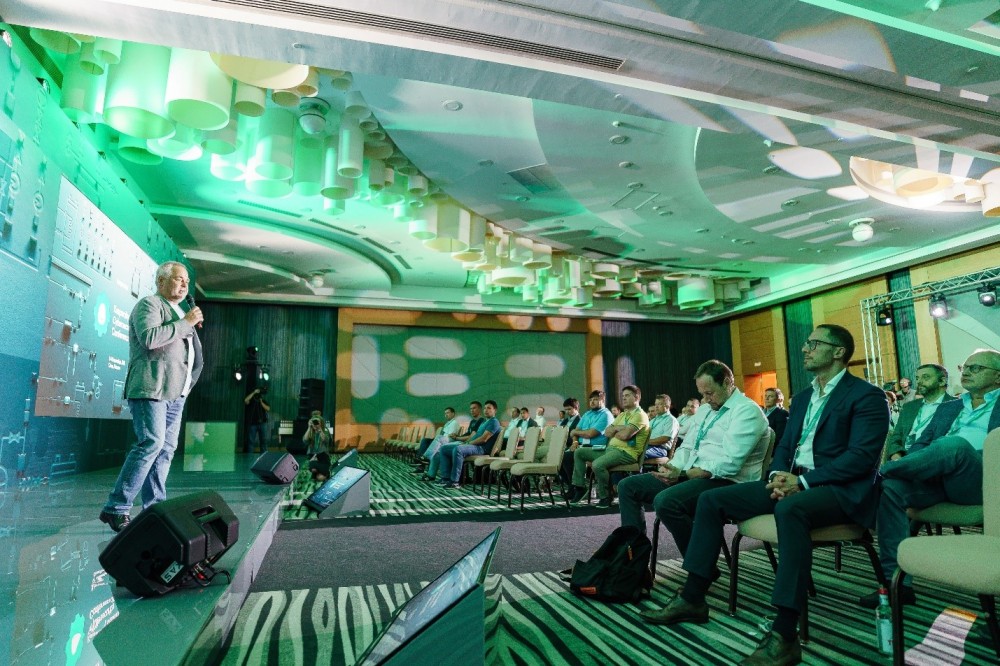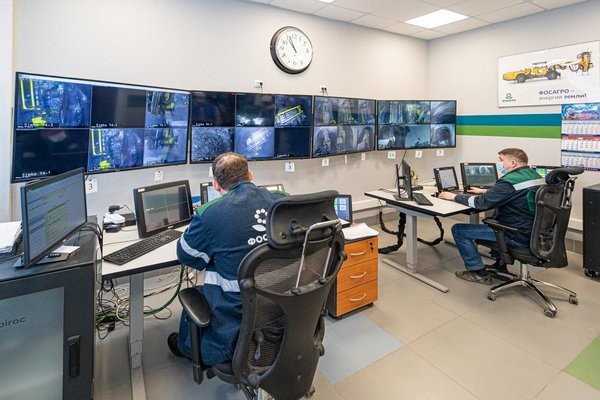Phew. Thank goodness it’s over. The ghastliest year known to most of us ever – finally done, dusted, finito, fertig. Let’s just hope, as many folks are repeating: ‘2021 will be better; it can’t be worse, surely?!’
For a good 10 months of last year practically the whole world was in a permanent state of shock. And I don’t just mean the world’s population; private business and national economies were also hit incredibly hard. Alas, one field that hasn’t been affected badly at all – in fact it has only benefitted from the pandemic, greatly – is cybercrime. Folks locked down and working from home and spending much more time online meant there were many more potential cybercrime victims ripe for the hacking. And not just individual users, but also companies: with employees working from home, many corporate networks came under attack as they weren’t sufficiently protected since, in the rush to get everyone working remotely quickly in the spring, security wasn’t given priority. In short, the whole world’s digital status quo was also badly shaken up by this vicious virus from hell.
As a result of the rise in cybercrime – in particular that targeting vulnerable corporate networks – the cybersecurity sector has been busier than ever. Yes – that includes us! 2020 for us as a Kompany turned out to be most productive. For example, the number of new versions of our solutions launched throughout the year was most impressive – especially in the enterprise sector.
We’ve also had new versions in our industrial cybersecurity solutions line up, one of which is what I want to talk about today – some teKh known as MLAD. Not to be confused with online funny-video sites, or MLAD that’s short for Minimum Local Analgesic Dose, or MLAD that’s short for Mid Left Anterior Descending artery, our MLAD is short for Machine Learning for Anomaly Detection.
If you’re a regular reader of our blogs, you may recall something about this tech of ours. Maybe not. Anyway – here’s a refresher/into, just in case…
Our MLAD is a system that uses machine learning to analyze telemetry data from industrial installations to pinpoint anomalies, attacks or breakdowns.
Let’s say you have a factory with thousands of sensors installed throughout – some measuring pressure, some temperature, others – whatever else. Each sensor generates a constant flow of information. An employee keeping track of all those flows is fairly impossible, but for machine learning – it’s a walk in the park. Having preliminarily trained up a neuro network, MLAD can, based on direct or indirect correlations, detect that something’s wrong in a certain section of the factory. In doing so, million or multimillion-dollar damages caused by potential incidents not nipped in the bud can be avoided.
Ok – that’s the overall idea of what MLAD does. Let me now try and relate the granular scale of the analysis MLAD accomplishes using a medical metaphor…
Read on: MLAD





















